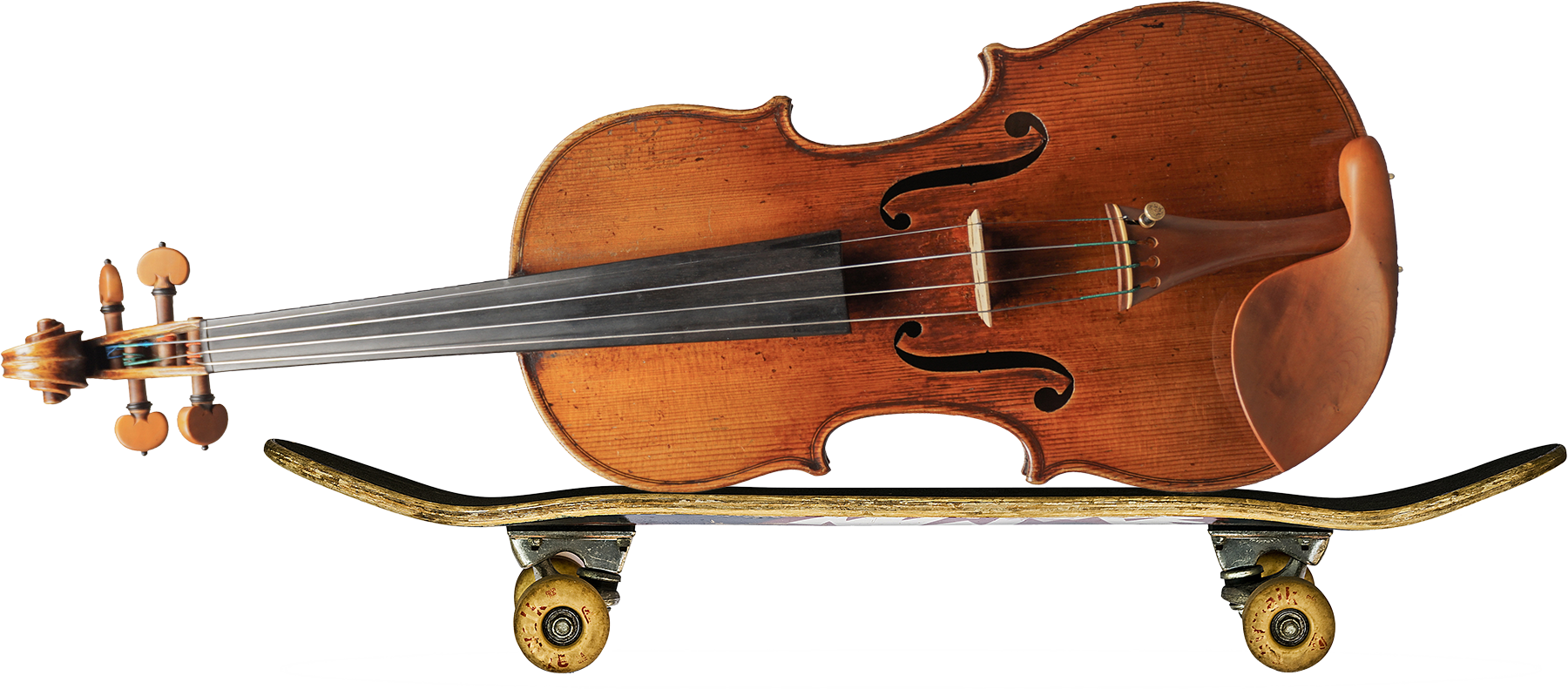
Violin music for dancing
Day 1 Wednesday 14|02
*FULL*

Violin music for dancing
Day 2 Thursday 15|02
*FULL*
Together, we’ll look at the relationship between music and dance, the energy that can be communicated to the dancers, the different roles that the violin can play – in rhythmic accompaniment, counterpoint or taking up a theme – and finally how to find your marks in the variations and ornamentation, to make the tunes your own.
Bow strokes specific to traditional music, support for dance, sound and ornamentation are the aspects I like to tackle in these workshops. The emphasis
is on listening, ensemble playing and the pleasure of having a sound with several violins. The repertoire includes generic ballroom repertoire (scottish, waltz, mazurka, etc.) and specific dances based on traditional tunes and compositions.
Gabriel teaches by ear, without scores, in a dynamic oral tradition. You have to be able to learn a melody by ear.
gabriel Lenoir
Gabriel Lenoir is a key figure in traditional dance music and the popular fiddle repertoire in France. He’s not only a fiddler, also a composer and arranger, always in the style of traditional oral music.
His main repertoire contains dances of Northern France, Flanders and Wallonia. Through encounters, he has developed other aesthetics as storytelling, theater, the music of Poitou, with Benoit Guerbigny and Maxime Chevrier, and singing with Sylvie Berger. He was given several cartes blanches in festivals Loon-Plage, Gap and Troyes, and walked the steps of the Cannes Film Festival in music and dancing for the film Le Grand Bal by Laetitia Carton.
His current projects include balfolk bands Shillelagh and La Cuivraille, a solo concert titled De Passage and the performance Le Son des Corps, where he explores the relationship between music and dance, between contemporary and traditional, between heritage and creation. He also directs a violin band of around 30 musicians: Envoyez les Violons.

